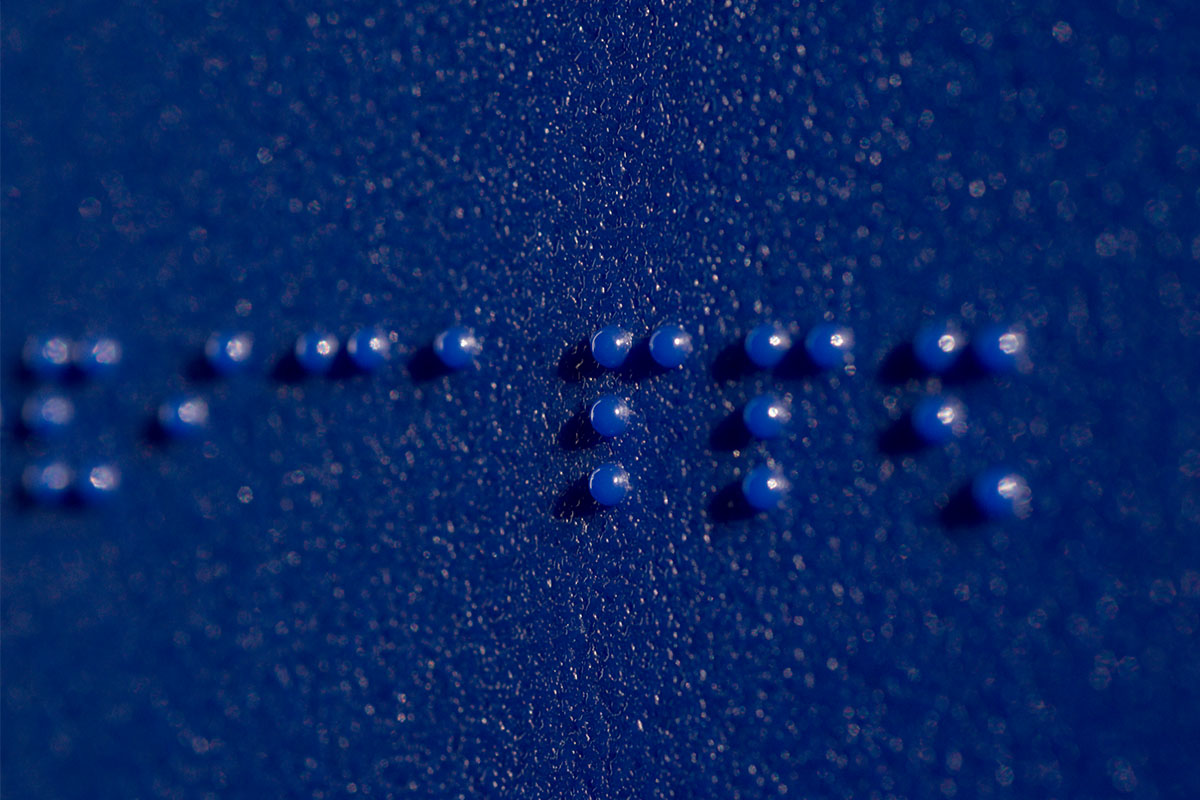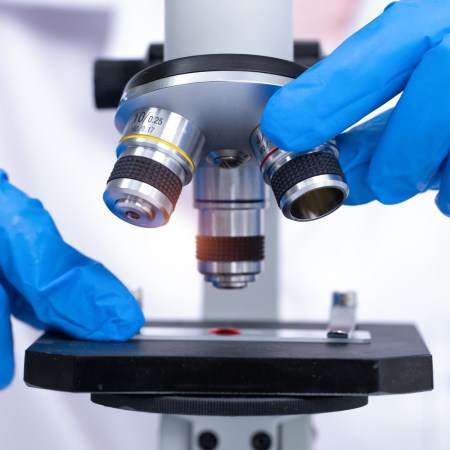Research labs haven’t quite figured out how to turn water into wine yet, but they’ve made significant progress on restoring sight to those who can’t see. What most of us would only entertain as a pipe dream, or, at least, deem far off in the future, is already here. Scientists have identified a variety of legitimate methods for curing blindness.
Their progress arrives at a good time, too, as the National Institutes of Health predicted a few years ago that the number of people with visual impairment or blindness in the United States “is expected to double to more than 8 million by 2050.” (That number does not include the many millions more with “correctable” eyesight issues, such as nearsightedness or farsightedness.)
A recent feature at Freethink discusses the three modes of treatment that currently hold the most promise: bionic eyes, stem cell transplants and gene therapy. How does each work?
Bionic eyes are likely the clunkiest of the three solutions. They involve an electrical interplay between A) a pair of glasses with a camera attached to them, and B) an implant somewhere near the back of the eye. The implant receives information from the glasses, which it relays to the brain. An important note: this system doesn’t produce images. It interpolates light, movement, surfaces, corners, etc. to give the visually-impaired person the capability to move freely through the world. However imperfect that may sound, it’s a radical improvement to their alternative.
There is some promising tech out there (Pixium Vision, Phoenix99), but know that bionic eyes, while effective, require updates, maintenance and, in some cases, reboots. If a company folds — which happened with a once-promising lab called Second Sight — vulnerable customers are left with outdated gear in their skulls. It’s less than ideal, to say the least.
Stem cells, ever the ethical headache, make a more elegant “cure” for blindness. They’re specifically effective at handling visual impairment brought on by the retinal pigment epithelium (RPE), an often troublesome cell layer. (This area is linked to “old age blindness” and “diabetic blindness.”) Scientists are able to make new RPE cells from stem cells and plant them into the eye, which more or less gives the whole region a breath of fresh air. Studies have exhibited that these lab-grown RPE cells not only stop vision loss, they can even reverse it.
The only issue? We need a lot more research before this sort of procedure is deployed for the masses. Plus, at the moment it only appears to work on blindness caused by defective RPE cells.
Last but not least, there’s gene therapy, which involves correcting the gene-pattern mutations that cause blindness in the first place. One such mutation — in the RPE65 gene, which leads to a condition called Leber congenital amaurosis — can be met with a novel therapy called Luxturna. The FDA approved it in 2017, and a spokesperson said at the time, “I believe gene therapy will become a mainstay in treating, and maybe curing, many of our most devastating and intractable illnesses.”
While Luxturna is designed to treat a particular (and sort of rare) hereditary mutation, the implications here are huge. Gene therapy could conceivably be used to treat any sort of progressive visual dysfunction, from age-related macular degeneration, to the very common retinitis pigmentosa. In fact, Freethink has another worthwhile story from last year on how a combination of gene therapy and special goggles helped partially restore a man’s sight … which he had lost 40 years prior.
Of course, gene therapy can’t cure blindness if it wasn’t inherited. If you lost sight in an eye due to a horrible accident, you’ll have to seek a different solution. But that’s the beauty of modernity’s multi-pronged approach to solving scientific dilemmas. There is rarely one “cure,” which makes sense. After all, there’s rarely one cause of an affliction. While all of these therapies are expensive, experimental and nowhere near perfect, the future is looking clearer than ever.
Whether you’re looking to get into shape, or just get out of a funk, The Charge has got you covered. Sign up for our new wellness newsletter today.


















